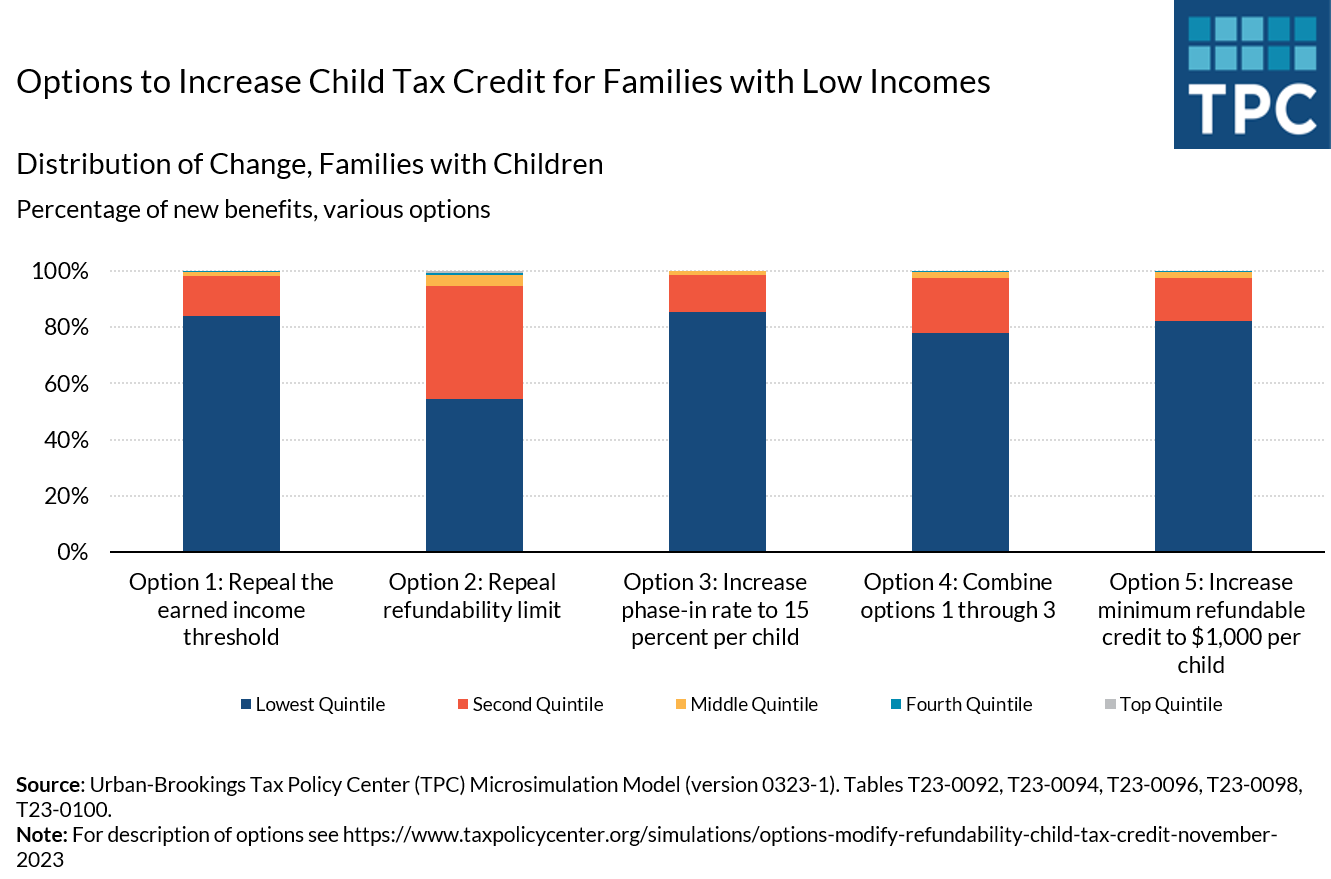How Do Itemized Deductions Work?
Don’t worry – the IRS doesn’t want to tax every last cent you earn.
In fact, the department offers a standard deduction — a gift! — to all taxpayers based on their filing status.
Here are the standard deduction rates for the 2022 and 2023 tax seasons:
|
Filing status |
2022 standard deduction |
2023 standard deduction |
|
Single and married filing separately |
$12,950 |
$12,850 |
|
Married filing jointly |
$25,950 |
$27,700 |
|
Head of household |
$19,400 |
$20,800 |
But, depending on your finances, you may lower your tax burden even further if you itemize deductions.
Written into the tax code are allowances for all kinds of deductible expenses.
When you itemize deductions on your federal income tax return (the famous Form 1040), you attempt to claim legal deductions that add up to more than the standard deduction. This is done in hopes that you get a bigger refund or have a smaller tax bill. For more information, read Should I Itemize or Take the Standard Deduction?
Before itemizing your deductions, remember that it requires careful financial record-keeping and a close reading of the tax rules. However, going this route can pay off come April 18.
Most common deductions:
Mortgage interest
This is a great benefit for homeowners whose monthly mortgage checks include huge chunks of interest. You can deduct 100 percent of the mortgage interest you paid by itemizing deductions. For more information, check out our post on the interest expense deduction.
State and local tax deduction (SALT)
This one makes sense — why should the federal government tax you on earnings you’ve already spent on state and local taxes? It has its limitations, however. From the 2018 tax year on, the maximum SALT deduction became $10,000.
Residents can choose to deduct sales tax in the seven states that don’t have an income tax.
Charitable gifts and donations
As a way of rewarding charitable giving, the IRS lets taxpayers deduct the cash value of donations given to tax-exempt charity charities.
The charitable giving deduction is capped at 60 percent of adjusted gross income (AGI).
Medical and dental expenses
The IRS recognizes the high cost of health care and allows a partial deduction of out-of-pocket medical expenses (not health insurance premiums).
The deduction covers the portion of medical expenses that exceed 7.5 percent of your income.
Additional deductible expenses
You can also deduct other costs, like non-reimbursed job expenses, theft and casualty losses, and gambling losses.
In some instances, you can deduct non-reimbursed job expenses. To do so, you must fall into one of the following categories: Armed Forces Reservists, qualified performing artists, fee-basis state or local government officials, or employees with impairment-related work expenses.
The generosity of the IRS does have its limits, however. The tax code applies floors, ceilings, and phase-outs for certain itemized deductions.
Floors set a minimum amount at which you can start deducting certain expenses, such as medical expenses over 7.5 percent of AGI. That 7.5 percent is the floor.
Ceilings impose a limit on specific categories of itemized deductions, like the limit on charitable deductions to 60 percent of AGI.
Additionally, you can only deduct 50 percent of business-related meals and entertainment costs. For tax year 2022, certain meals provided by the restaurant are 100 percent deductible.
If you earn or lose money gambling, gambling losses can’t exceed gambling winnings.






